10 Best Herbal Baths For Bone Health

Herbal baths can be a beneficial complementary therapy for supporting bone health by promoting circulation and reducing inflammation.
Certain herbs, such as nettle, ginger, and turmeric, are known for their anti-inflammatory and antioxidant properties, which may help in maintaining strong bones. These herbs can be added to warm water to create a soothing bath that may ease joint pain and improve overall musculoskeletal wellness. Regular use of such baths may also help in detoxifying the body and enhancing nutrient absorption, which is essential for bone maintenance.
While herbal baths should not replace medical treatments, they can be a natural way to support bone health when used alongside a balanced diet and exercise.
FREE Herb Drying Checklist
How to make sure every batch retains maximum flavor, color, and aroma without the risk of mold or over-drying. Eliminate guesswork and trial-and-error, making herb drying faster, easier, and more efficient every time.
Table of Contents
1. Equisetum arvense

Equisetum arvense, commonly known as horsetail, has been traditionally used in herbal baths to support bone health due to its high concentration of silica, which is essential for the formation and maintenance of connective tissues and bones.
The silica content in horsetail helps strengthen bone structure and may aid in the repair of damaged bone tissue, making it a valuable ingredient in therapeutic baths. When used in warm water, the active compounds in equisetum arvense are believed to be absorbed through the skin, promoting circulation and reducing inflammation in the joints and bones. Herbal baths with horsetail are often recommended for individuals suffering from osteoporosis or other bone-related conditions as a complementary therapy.
However, it is important to consult a healthcare professional before using horsetail baths, especially for those with existing health conditions or who are taking medications.
2. Salvia officinalis

Salvia officinalis, commonly known as sage, has been traditionally used in herbal baths to support bone health due to its rich content of antioxidants and anti-inflammatory compounds.
These properties may help reduce inflammation and oxidative stress, which are often linked to conditions like osteoarthritis and bone degradation. When infused into bath water, sage can promote relaxation and improve circulation, potentially enhancing the body's natural ability to repair and maintain bone tissue. Some studies suggest that the compounds in sage may support calcium absorption and bone density, contributing to overall skeletal strength.
While more research is needed, incorporating sage into herbal baths may offer a complementary approach to maintaining healthy bones.
3. Urtica dioica

Urtica dioica, commonly known as stinging nettle, has been traditionally used in herbal baths to support bone health due to its rich content of minerals such as calcium, magnesium, and silicon, which are essential for maintaining strong bones.
When used in bath form, stinging nettle can help improve circulation and reduce inflammation, potentially aiding in the relief of joint pain and promoting overall musculoskeletal wellness. The anti-inflammatory and detoxifying properties of nettle may also support the body's natural healing processes, which can be beneficial for individuals with osteoporosis or other bone-related conditions. Herbal baths with urtica dioica are often prepared by steeping dried nettle leaves in hot water and then adding the infusion to bath water, allowing the skin to absorb the beneficial compounds.
While not a substitute for medical treatment, these baths can be a complementary therapy to enhance bone health when used as part of a holistic wellness routine.
4. Curcuma longa
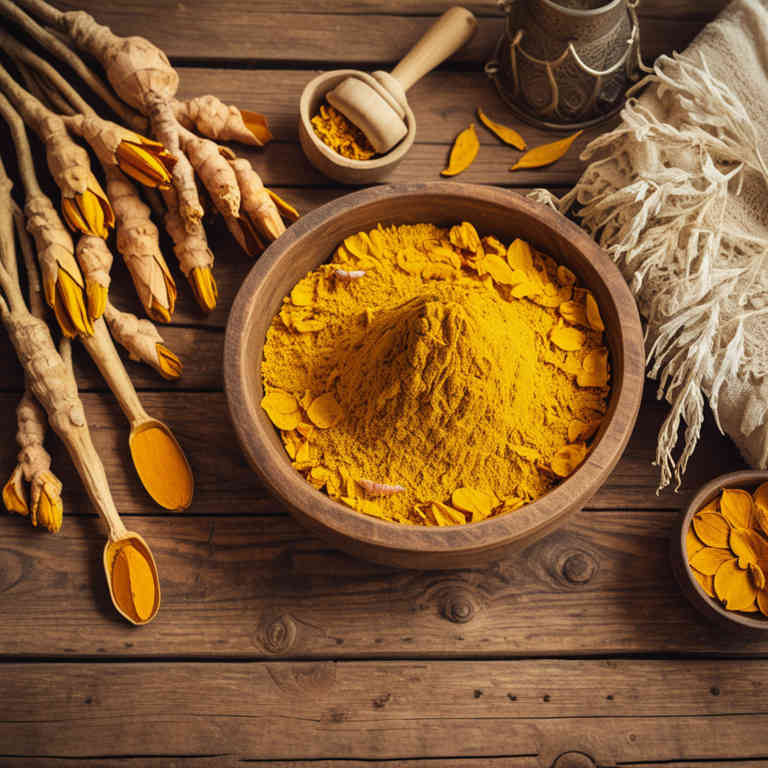
Curcuma longa, commonly known as turmeric, contains curcumin, a compound renowned for its anti-inflammatory and antioxidant properties.
When used in herbal baths, curcuma longa can help reduce inflammation and promote circulation, which may support joint and bone health. The warmth of the bath enhances the absorption of curcumin through the skin, potentially increasing its therapeutic effects. Regular use of turmeric baths may aid in alleviating symptoms of conditions like osteoarthritis and rheumatoid arthritis.
However, it is advisable to consult a healthcare professional before incorporating turmeric baths into a treatment regimen for bone-related issues.
5. Glycyrrhiza glabra
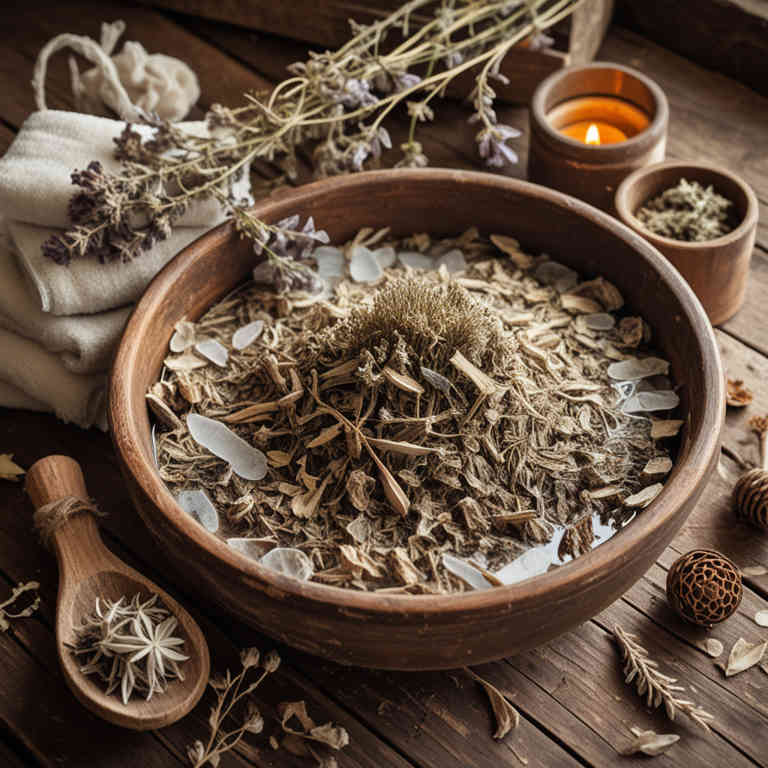
Glycyrrhiza glabra, commonly known as licorice root, has been traditionally used in herbal remedies for its potential benefits to bone health.
When incorporated into herbal baths, licorice root may help reduce inflammation and promote overall joint and bone wellness by supporting the body's natural healing processes. The anti-inflammatory and antioxidant properties of licorice root may aid in alleviating symptoms associated with conditions like osteoarthritis and rheumatoid arthritis. Herbal baths with licorice root can also enhance circulation, which is essential for delivering nutrients to the bones and supporting their repair.
While more research is needed, integrating licorice root into a holistic bone care routine may offer complementary support for maintaining strong and healthy bones.
6. Achillea millefolium

Achillea millefolium, commonly known as yarrow, has been traditionally used in herbal baths to support bone health due to its anti-inflammatory and circulatory benefits.
When infused into bath water, yarrow can help reduce swelling and pain in joints, making it beneficial for conditions like arthritis. The plant's high content of flavonoids and essential oils may enhance blood flow to the bones, promoting better nutrient delivery and healing. Regular use of yarrow baths may also aid in detoxification, which indirectly supports overall skeletal wellness.
While not a substitute for medical treatment, incorporating yarrow into a holistic bone care routine may contribute to improved joint mobility and reduced inflammation.
7. Nelumbo nucifera

Nelumbo nucifera, commonly known as the sacred lotus, has been traditionally used in herbal baths for its potential benefits to bone health.
The plant contains bioactive compounds such as alkaloids, flavonoids, and phenolic acids, which may help in reducing inflammation and promoting tissue repair. These compounds are believed to enhance calcium absorption and stimulate bone formation, contributing to stronger and healthier bones. Herbal baths infused with lotus extracts can also improve circulation and reduce stress, which indirectly supports bone metabolism.
As a natural remedy, nelumbo nucifera offers a holistic approach to maintaining skeletal health through its soothing and therapeutic properties.
8. Zingiber officinale
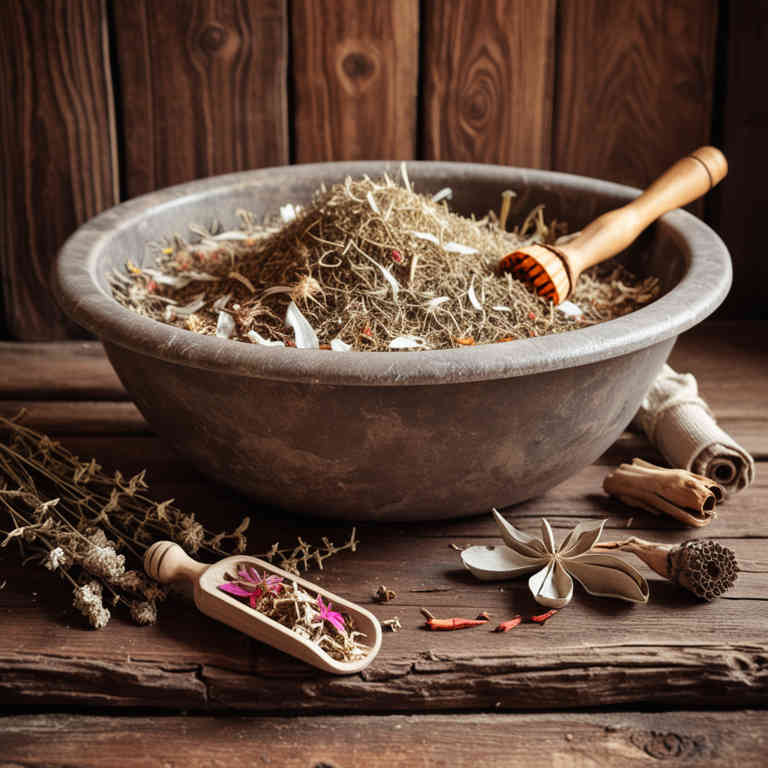
Zingiber officinale, commonly known as ginger, has been traditionally used in herbal baths to support bone health due to its anti-inflammatory and antioxidant properties.
When infused into bath water, ginger helps improve circulation, which can enhance nutrient delivery to bones and reduce inflammation in joints and surrounding tissues. The warming effect of ginger baths may also alleviate muscle tension and pain associated with conditions like osteoarthritis and rheumatoid arthritis. Studies suggest that ginger's bioactive compounds, such as gingerol and shogaol, may inhibit the activity of enzymes that break down bone tissue, promoting overall skeletal health.
Incorporating zingiber officinale into regular bath routines can be a natural and soothing way to support bone wellness and joint mobility.
9. Silybum marianum
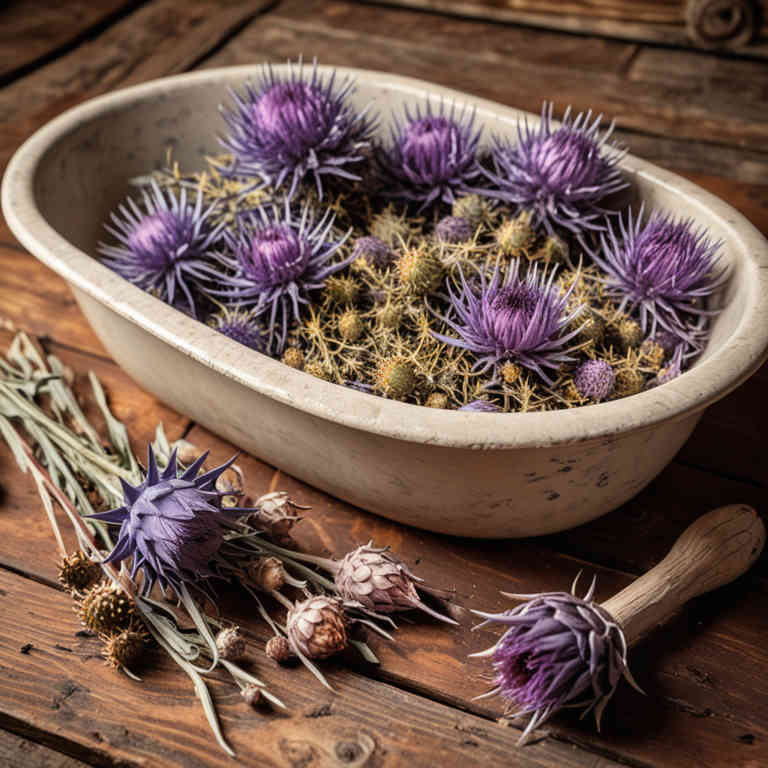
Silybum marianum, also known as milk thistle, is traditionally used in herbal baths to support bone health due to its rich content of antioxidants and anti-inflammatory compounds.
These properties may help reduce oxidative stress and inflammation, which are linked to bone degradation and conditions like osteoporosis. When infused into bath water, silybum marianum may promote better circulation and nutrient absorption, potentially enhancing bone density and strength. However, more research is needed to fully understand its efficacy in this context.
As with any herbal remedy, it is advisable to consult a healthcare professional before incorporating silybum marianum baths into a bone health regimen.
10. Cnicus benedictus
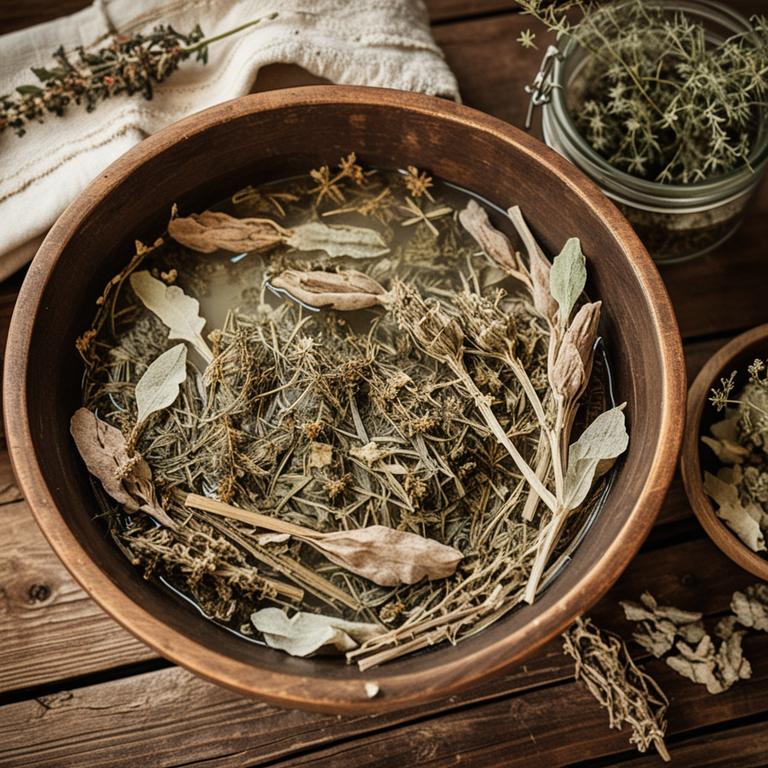
Cnicus benedictus, commonly known as blessed thistle, has been traditionally used in herbal baths to support bone health due to its high content of bioactive compounds such as flavonoids, saponins, and essential oils.
These compounds are believed to possess anti-inflammatory and antioxidant properties that may help reduce joint inflammation and promote the repair of bone tissue. When used in bath form, the herb's active ingredients can be absorbed through the skin, potentially enhancing circulation and delivering nutrients to the bones and surrounding tissues. Herbal baths with Cnicus benedictus are often recommended for individuals suffering from conditions like arthritis or osteoporosis, as they may contribute to overall musculoskeletal wellness.
However, it is important to consult with a healthcare professional before using this herb, especially for those with existing health conditions or who are taking medications.